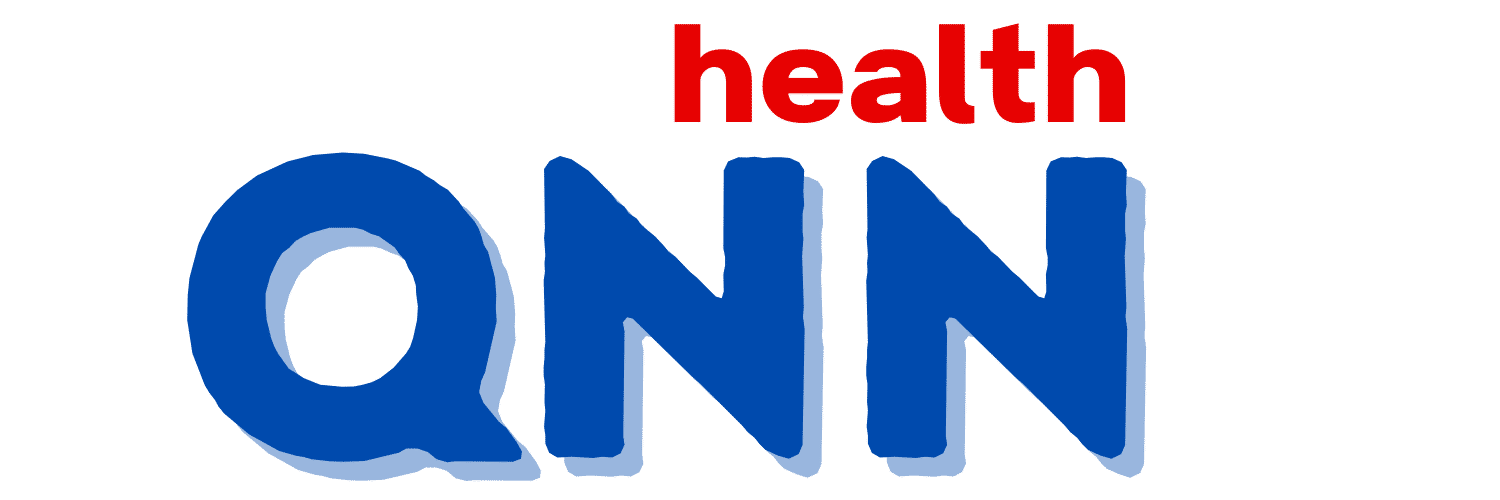Medicine Risks: Are Your Prescriptions Doing More Harm Than Good?
- 1.1. The Delicate Balance: Weighing the Benefits and Risks of Prescription Medications
- 2.1. Navigating the Complexities of Medication Safety
- 3.1. Understanding Adverse Drug Reactions
- 4.1. The Challenge of Polypharmacy
- 5.1. Empowering Patients Through Knowledge
- 6.1. The Role of Healthcare Professionals in Medication Safety
- 7.1. The Importance of Ongoing Monitoring
- 8.1. Minimizing Risks, Maximizing Benefits
- 9.1. The Future of Medication Safety
- 10.1. Beyond the Prescription: A Holistic Approach to Health
- 11.1. Addressing the Opioid Crisis: A Case Study in Medication Risks
- 12.1. The Power of Information: Educating Patients and the Public
- 13.1. Conclusion: A Shared Responsibility
Table of Contents
The Delicate Balance: Weighing the Benefits and Risks of Prescription Medications
Modern medicine has made incredible strides in combating disease and improving quality of life. Pharmaceuticals play a crucial role in this progress, offering effective treatments for a vast array of conditions, from infections to chronic illnesses. However, alongside their undeniable benefits, prescription medications also carry the potential for harm. Understanding this delicate balance between therapeutic power and potential risk is essential for both patients and healthcare providers.
Navigating the Complexities of Medication Safety
The journey of a drug from laboratory to pharmacy shelf is a rigorous one, involving extensive research, clinical trials, and regulatory scrutiny. Yet, even with these safeguards, unforeseen side effects can emerge, and individual responses to medication can vary significantly. This inherent complexity underscores the importance of open communication between patients and their doctors, fostering a collaborative approach to medication management.
Understanding Adverse Drug Reactions
Adverse drug reactions (ADRs) encompass a wide spectrum of unintended and undesirable effects, ranging from mild discomfort to life-threatening complications. These reactions can be categorized as predictable, based on the drug's known pharmacology, or idiosyncratic, occurring unexpectedly in certain individuals. Factors such as age, genetics, underlying health conditions, and interactions with other medications can all influence the likelihood and severity of ADRs.
The Challenge of Polypharmacy
As the population ages and the prevalence of chronic diseases rises, polypharmacy – the concurrent use of multiple medications – has become increasingly common. While often necessary to manage complex health conditions, polypharmacy significantly increases the risk of ADRs and drug interactions. Careful medication reconciliation, involving a thorough review of all prescribed and over-the-counter medications, is crucial to minimize these risks.
Empowering Patients Through Knowledge
Patients play a vital role in ensuring their medication safety. Actively engaging in conversations with healthcare providers, asking questions about potential risks and benefits, and understanding how to monitor for adverse effects are essential steps. Maintaining an updated list of all medications, including dosages and frequencies, and sharing this information with all healthcare providers can help prevent medication errors and optimize treatment outcomes.
The Role of Healthcare Professionals in Medication Safety
Healthcare professionals bear a significant responsibility in promoting medication safety. Thorough patient assessments, including a comprehensive medical history and medication review, are crucial for identifying potential risks and tailoring treatment plans accordingly. Clear and concise communication with patients about medication instructions, potential side effects, and warning signs to watch for is paramount.
The Importance of Ongoing Monitoring
Medication management is not a one-time event but an ongoing process. Regular follow-up appointments with healthcare providers are essential for monitoring medication effectiveness, assessing for adverse reactions, and adjusting dosages as needed. Patients should be encouraged to report any new or worsening symptoms promptly to their healthcare team.
Minimizing Risks, Maximizing Benefits
The goal of medication therapy is to achieve optimal therapeutic outcomes while minimizing the risk of harm. This requires a collaborative effort between patients and healthcare providers, built on open communication, shared decision-making, and a commitment to ongoing monitoring. By working together, patients and healthcare professionals can navigate the complexities of medication safety and ensure that prescriptions contribute to improved health and well-being.
The Future of Medication Safety
Advances in pharmacogenomics, the study of how genes affect individual responses to medications, hold great promise for personalized medicine. By tailoring medication selection and dosages based on a patient's genetic profile, the potential for adverse reactions can be significantly reduced. Furthermore, ongoing research and development of new drugs with improved safety profiles are continuously contributing to safer and more effective medication therapies.
Beyond the Prescription: A Holistic Approach to Health
While medications play a crucial role in managing many health conditions, they are not the only solution. A holistic approach to health, encompassing lifestyle modifications such as diet, exercise, stress management, and adequate sleep, can often complement or even reduce the need for medication. Empowering patients to adopt healthy lifestyle choices is an essential component of promoting overall well-being.
Addressing the Opioid Crisis: A Case Study in Medication Risks
The ongoing opioid crisis serves as a stark reminder of the potential for prescription medications to cause significant harm. While opioids can be effective in managing acute pain, their long-term use carries a high risk of addiction and overdose. Healthcare providers must exercise caution when prescribing opioids, carefully assessing the risks and benefits for each individual patient and implementing strategies to mitigate the potential for misuse and abuse.
The Power of Information: Educating Patients and the Public
Public awareness campaigns and educational resources play a vital role in promoting medication safety. Empowering patients with the knowledge they need to make informed decisions about their medications is crucial for minimizing risks and maximizing benefits. Accessible and reliable information about medication safety should be readily available to all.
Conclusion: A Shared Responsibility
Medication safety is a shared responsibility between patients, healthcare providers, researchers, and regulatory agencies. By working together, we can strive to achieve the optimal balance between the therapeutic power of medications and the potential for harm. Through ongoing research, education, and a commitment to patient-centered care, we can continue to improve medication safety and enhance the health and well-being of individuals and communities.
This article is intended for informational purposes only and does not constitute medical advice. Always consult with a qualified healthcare professional before making any decisions about your health or treatment.


✦ Tanya AI